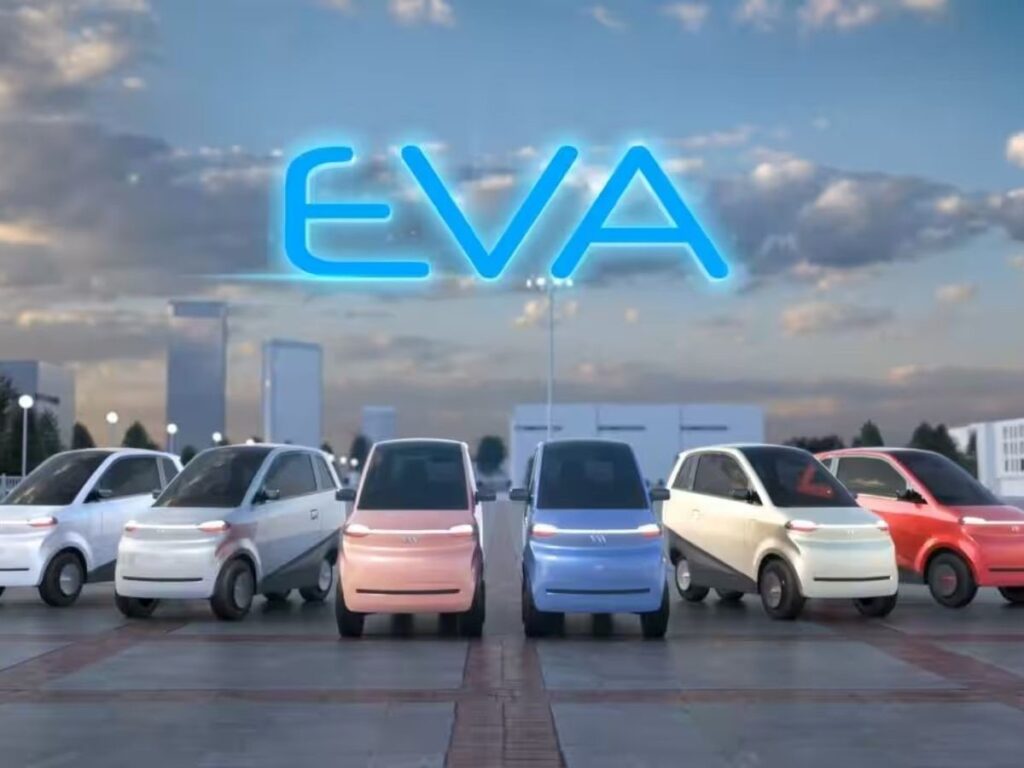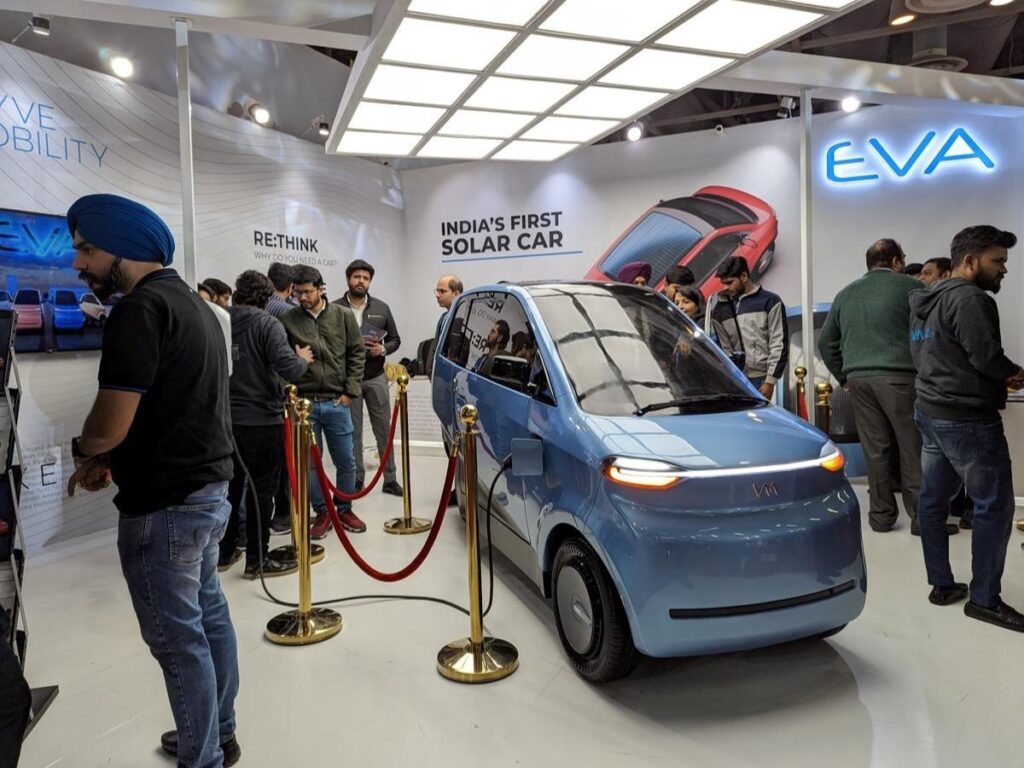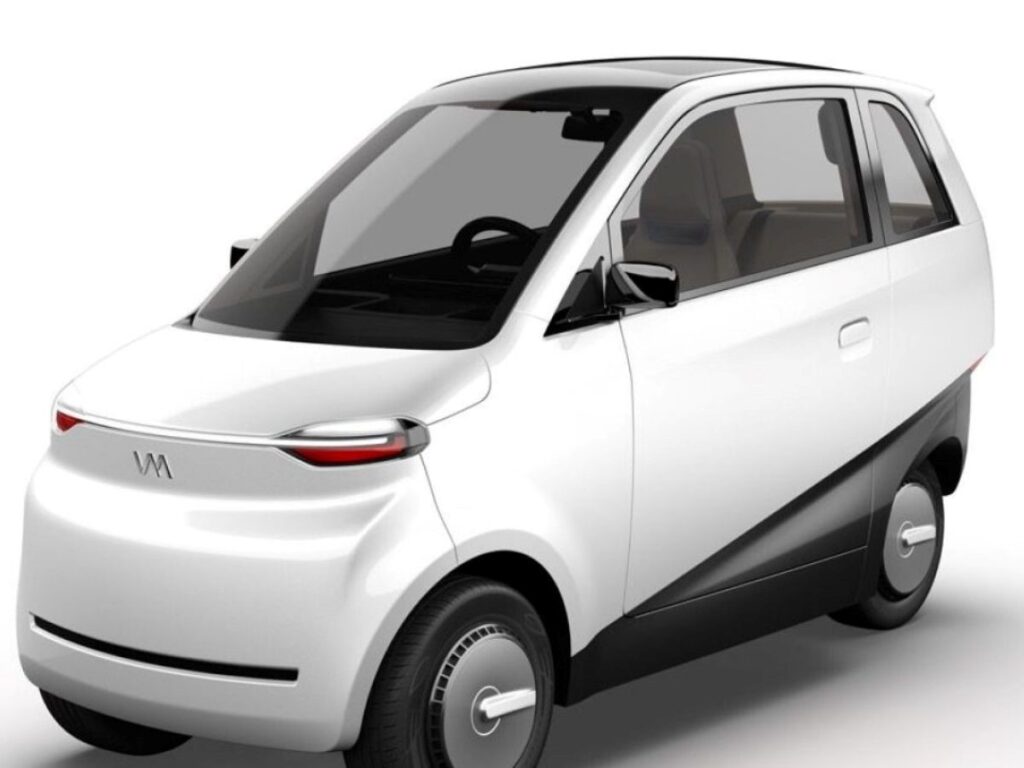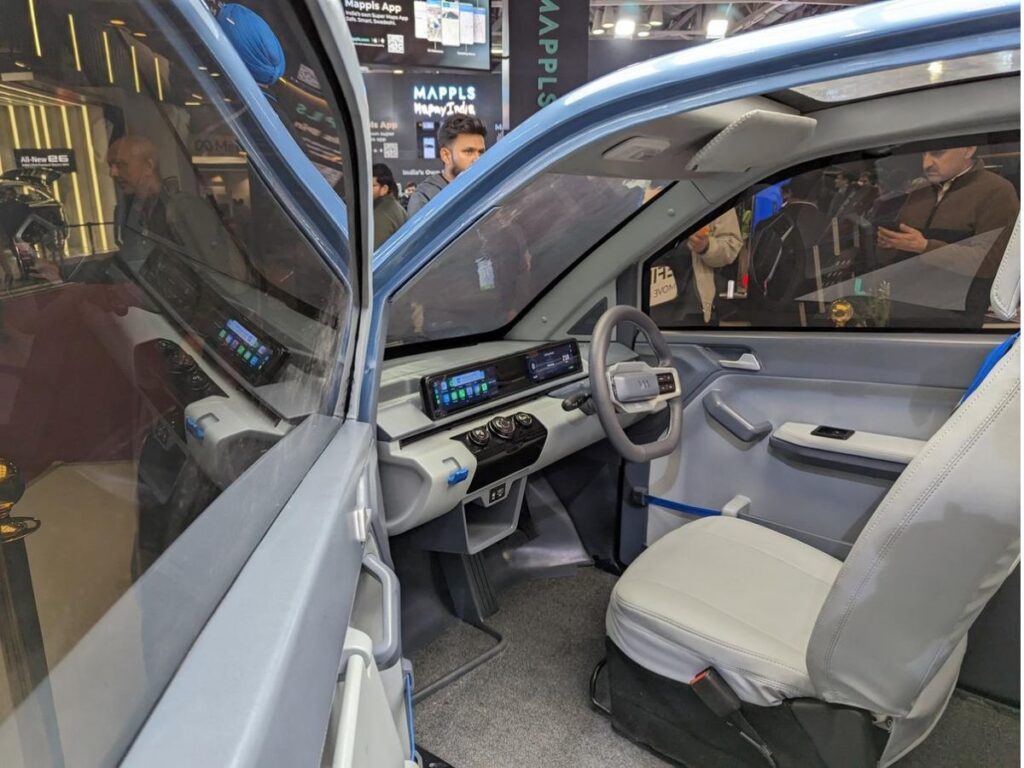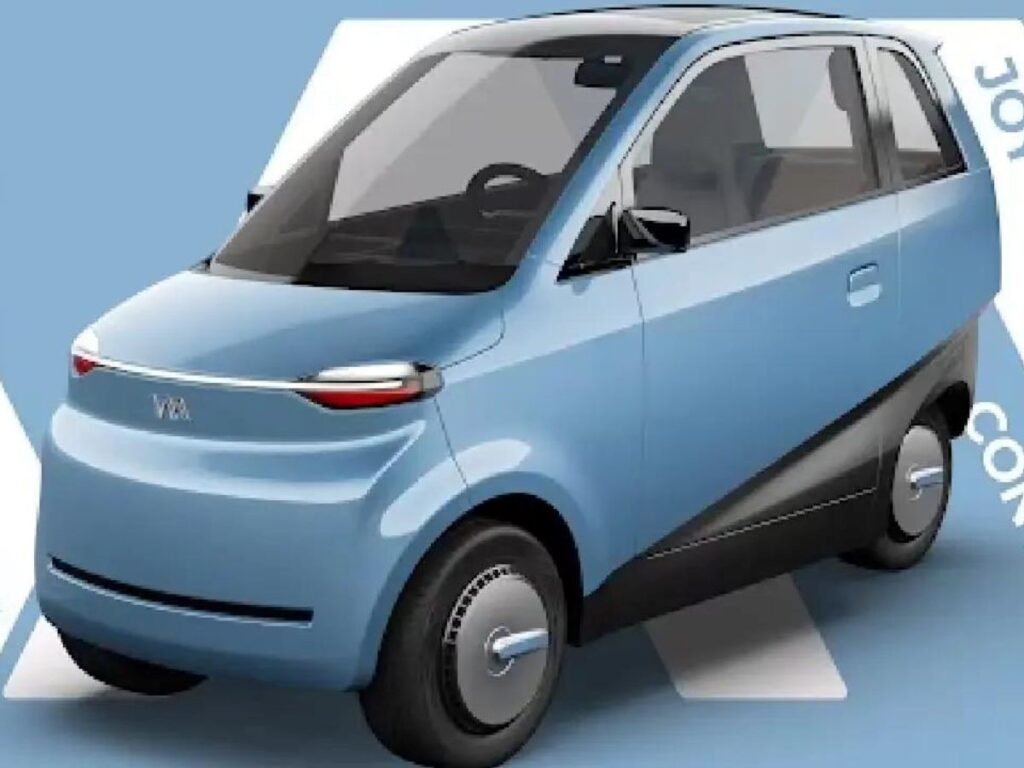Introduction:
The alternative fuel vehicles are utilizing non-conventional fuel sources and these vehicles are growing very rapidly. The global alternative fuel vehicle market was at 401.1 billion US dollar in the year 2022 and is expected to grow up to 3710 US dollar by the year 2032 with 25.2 % growth in CAGR. The growth is related to the increasing demand for eco-friendly transportation, new advanced technologies, and favorable government policies.
Key Points and Statistics on the Alternative Fuel Vehicles(AFV)Market:
- The market is expected to grow up to 3710 US dollars with 25.2 % growth in CAGR. from 2023 to 2032.
- The Asia-Pacific region managed the market with over 200 billion US dollar value in 2023.
- The Middle East & and African market is estimated to record a CAGR of around 25% from 2023 to 2032.
- As a sub-segment, the passenger vehicles generate around more than 42% share in the year 2023.
Alternative Fuel Vehicles(AFV) Market Overview and Analysis:
The increasing concerns over climate change, general awareness toward clean and green environment various supportive government schemes are the key parameter which are driving the market. Even though, various challenges like high initial costs, very few model options, and a minimal infrastructure are still a big hurdle in the expansion of these vehicles.
Latest Alternative Fuel Vehicles Market Trends and Innovations:
The alternative fuel vehicles market is observing several trends and innovations, including:
- Increasing adoption of electric vehicles (EVs).
The electric vehicles are gradually becoming popular because of its ecofriendly characteristics, benefits, and very less operating costs. In 2021, global EV sales crossed 10 million units, a more than130percentage increase from 2020.
- Growth in the hydrogen fuel cell vehicles (HFCVs) sector.
The hydrogen fuel cell vehicles are one more type of alternative fuel vehicle, which is growing rapidly. HFCVs are zero-emission vehicles and is having a longer range than Electric Vehicles. In 2021, global HFCV sales reached 2,000 units, a 43% increase from 2020. The market size of HFCVs in 2023 was valued at 2.19 billion U.S. dollars and is expected to grow up to 62.88 billion dollars by 2032.
- Expansion of charging infrastructure.
The expansion of charging infrastructure is essential to support the growth of the EV market. In 2021, the global EV charging infrastructure market was valued at $12.8 billion and is expected to grow to $28.9 billion by 2028.
- Diversity of alternative fuel vehicles.
The alternative fuel vehicles market is becoming gradually diverse, with a variety of options available to buyers. In addition to Electric Vehicles and HFCVs, other alternative fuel vehicles are biofuel vehicles and NGVs (natural gas vehicles).
Major Growth Drivers of the AFV Market:
The factors, which governs alternative fuel vehicles market, are:
- Increasing concerns over climate change and environmental impact.
Consumers are increasingly concerned about the environmental impact of their transportation choices. This is driving demand for alternative fuel vehicles, which are more environmentally friendly than traditional gasoline-powered vehicles.
- Favorable government policies and consumer demand for green vehicles.
Governments around the world are implementing policies to promote the adoption of alternative fuel vehicles. These policies include tax incentives, rebates, and access to HOV lanes. Consumer demand for green vehicles is also increasing, as consumers become more aware of the environmental benefits of alternative fuel vehicles.
- Technological advancements in vehicle manufacturing and fuel efficiency.
Technological advancements in vehicle manufacturing and fuel efficiency are making alternative fuel vehicles more affordable and accessible to consumers. For example, the cost of batteries for EVs has been declining in recent years, making EVs more affordable for consumers.
Key Challenges Facing the AFV Industry:
The alternative fuel vehicles industry faces several challenges, including:
- High initial investment and ownership costs.
The high cost of the battery for electric vehicles and the cost of the hydrogen fuel cell for HFCVs are the major challenges for alternative fuel vehicles. This causes a higher initial investment and ownership cost than conventional gasoline-powered vehicles.
- Limited availability of models and infrastructure for alternative fuel vehicles.
The availability of alternative fuel vehicles is still limited in many parts of the world. This is because alternative fuel vehicles are still a relatively new technology. Additionally, the infrastructure for refueling alternative fuel vehicles is not as widespread as the infrastructure for refueling traditional gasoline-powered vehicles.
Despite these challenges, the alternative fuel vehicles market is expected to continue to grow in the coming years. This growth is being driven by the increasing concerns over climate change and environmental impact, favorable government policies and consumer demand for green vehicles, and technological advancements in vehicle manufacturing and fuel efficiency.
Market Segmentation Insights:
According to Fuel Type:
- Electric Vehicles (EVs)
- Hydrogen Fuel Cell Vehicles (HFCVs)
- Biofuel Vehicles
- Natural Gas Vehicles (NGVs)
According to Vehicle Type:
- Passenger Vehicle
- Commercial Vehicle
- Two-Wheelers
According to Application:
- Transportation
- Chemical
- Agricultural
- Industrial
- Others
Overview by Region of the AFV Market:
The Asia-Pacific market is the leading one and is concerned with increasing pollution issues and driven by favoring government initiatives. North America and Europe also have a remarkable contribution with constant advancement and regulatory support. The Middle East & Africa region is expected to witness rapid growth due to increasing awareness and adoption of alternative fuel vehicles.
North America and Europe also hold significant shares, with ongoing advancements and regulatory support. The Middle East & Africa region is expected to witness rapid growth due to increasing awareness and adoption of alternative fuel vehicles.

